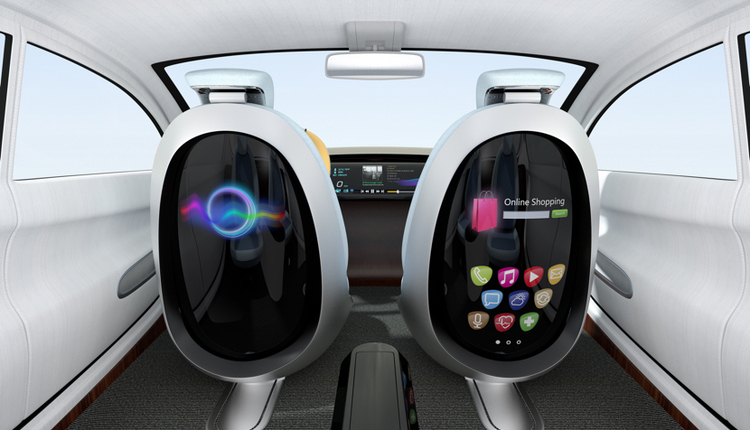
Image by: Wavebreakmedia Ltd, ©2016 Getty Images
I’m currently working on an upcoming report on the impact of artificial intelligence on collaboration, and we’re seeing a growing trend toward what I’m calling "intelligent collaboration." Increasingly, technology providers from differing backgrounds are trying to figure out how to include capabilities that leverage the insights from data to improve business processes and collaboration.
For example, I was just recently at Anaplan's Hub16 conference in San Francisco, CA (see my recap here). Anaplan provides a cloud-based business modeling and enterprise planning platform. A couple of the major announcements at the conference were the inclusion of in-context collaboration capabilities and predictive analytics in the Anaplan platform to improve business planning and performance.
A big problem enterprises face is the lack of visibility across the organization in areas such as sales, marketing, finance, operations, supply chain, and information technology (IT). Being able to collaboratively enable your planning processes, with insights from analytics that improve decision-making across all business functions, will provide scale and increased business performance. A huge roadblock to efficient enterprise planning is the disconnectedness across business functions and the silos it creates. You need insights from the tremendous amounts of data flowing through the organization and improved internal collaboration to enable better decision-making.
In this emerging age of artificial intelligence (AI), we are seeing tremendous opportunities for decision support systems across a myriad of business domains, applications, and processes to help organizations become more efficient. We see AI and its branches, such as machine learning, being applied to industries such as financial services and healthcare to recognize patterns and aid in making better decisions. In the area of enterprise collaboration, we believe that the level of intelligence is extremely important, as recognizing patterns in insights and inputs from multiple collaborators can lead to greater problem-solving and innovation.
AI has become an umbrella term, if you will, for a set of algorithms, methods, and technologies that essentially make software smarter. Machine learning is a subset of AI and encompasses algorithms and methods that, as it collects data over time, begin to learn and recognize patterns, enabling the software and systems to perform better and make more accurate recommendations and predictions.
I’ve always said that collaboration technology has to come down to where it matters to people. It has to be in the flow of how people actually work. It has to be integrated into business workflows for it to be truly effective. Enterprises invest in collaboration technologies, oftentimes, without thinking about the business outcome, purpose, or goal.
What we’re seeing as "intelligent collaboration" refers to collaborative interactions with applied intelligence to get deeper insights for better decisions from all inputs. It is also machine- and voice-assisted to make tasks easier and more automated. Bots are also utilized to assist in automating tasks, especially in areas like customer support.
Machine learning algorithms are leveraged to provide filters that help prioritize and tag actions for users. Your collaboration and workplace productivity tools essentially become smart about how you work and with whom you work.
We’re seeing intelligence now being applied to messaging and productivity apps such as email, with offerings like Delve from Microsoft and Verse from IBM. Intelligence is being applied to make your inbox smarter with analytics about your work habits, contacts, and calendar. In the case of IBM Verse, it’s being fused with social and user design innovation. In all of these cases, the learning algorithms get smarter over time about how you work and how you collaborate with your contacts.
This marks a revolution in the IT industry and raises the bar for all providers of collaboration technology. It is no longer enough to develop collaboration applications in silo. All collaborative interactions produce artifacts, content, and decisions that become data, which, in turn, needs to be mined. Context then becomes critical for collaborative interactions. Gathering that data and gaining insights will potentially improve future collaborative interactions and bring about better decision-making, as algorithms learn and enable business processes to become smarter and automated. Richer context brings greater awareness and understanding for making better collaborative business decisions.
David Mario Smith is founder and principal analyst at InFlow Analysis. Mr. Smith is a Gartner veteran of over 16 years and an IT industry professional with 20 years of experience in the collaboration and workplace technology markets. For more information, visit http://inflowanalysis.com or follow him on Twitter @DaveMario.
















